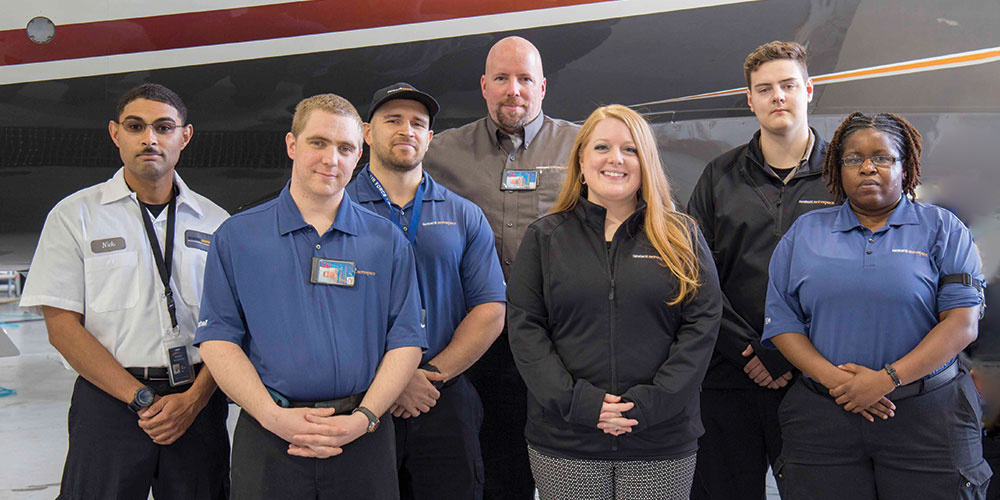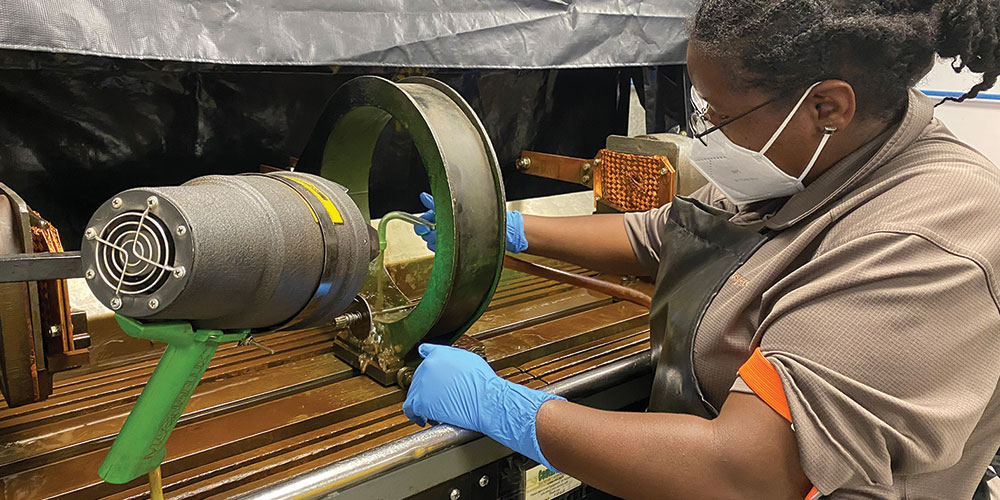By Alex Anne Mastroni, Marketing Specialist

A Level III is certified to develop, qualify and approve procedures, establish techniques, comply with codes and standards. A Level II can obtain a Level III certificate in the following NDT Methods:
Going even further, a Level III can have two very different types of responsibilities depending on the kind of company they work at:
As a Level III you need to understand the manufacturing process to know what caused the indication that may potentially be found. These indications can be different if you are looking at casting, forging, welding, rolled steel, etc because they all have distinct manufacturing processes. Need to accept or reject on this criteria.
Defects can look similar, but knowledge of the manufacturing process will give you the insight to the type of defect. Knowing the type of defects supports making a better determination of what that indication is. For example, if you are at a test lab inspecting a casting and interpret a forging lap on the casting test piece, the quality of the inspection could be in question.
Level III, Lene Dixon, believes in training her Level I & IIs how the indications formed. This skill is important, because Lene knows the NDT industry has “shared risk, and we are problem solvers! By asking questions quickly, they save time in the long run.” – Lene Dixon, Level III
As a Level III, Shawn has been contracted at an international transportation company to write and review NDT testing procedures. He draws from fundamental knowledge of the testing method to write procedures and how they are applied to established specifications through his company’s operations. By thinking like a Level I & II, he writes clear acceptance criteria with clear process controls. This gives the customers confidence that they can perform a test without a doubt that they would trust their family using their approved parts. – Shawn Ehrhart, Aerospace Level III
Being aware of specifications for pressure vessels (ASME) or welding (AWS), and aerospace (ASTM E1444 and 1417). He stays updated through ASNT publications, national or chapter meetings, AWS meetings, and Magnaflux emails. An example of a revised specification is the update from mercury vapor to UV-A LED lamps. – Shawn Ehrhart, Aerospace Level III
To prepare for flexibility to test a wide variety of parts, a Level III must plan for versatility in equipment and chemicals.
Example: If you have a specification that calls out post-emulsified penetrant you can’t use a level II water-wash penetrant. The materials must conform to the specification. You have to have specific equipment.
Example: For mag particle you must know the best magnetic field for the application. Fatigue cracks are better found with AC magnetization. Subsurface defects are found better with FWDC.

Maintaining annual technical proficiency exams, eye exams, training for new equipment and techniques is an extremely important task for the RL3. Passing exams does not certify an inspector. It is hard work and diligence that earns the inspector the qualifications that allow them to test for certification for a specific NDT method.
All too often I have seen NDT documentation kept in a folder with no organization. In addition to a digital database, maintaining copies of NDT documents in a three ring binder(s), separated by method and organized by dates, instills a high level of importance for the documents to the Inspector and shows a high level of professionalism to anyone performing an audit or review. Instilling these values will follow the inspectors throughout their careers. – Page Eldridge, Aerospace Level III
Published September 22, 2020
155 Harlem Avenue
Glenview, IL 60025, USA
Telephone: +1 847-657-5300
Contact Magnaflux Customer Service